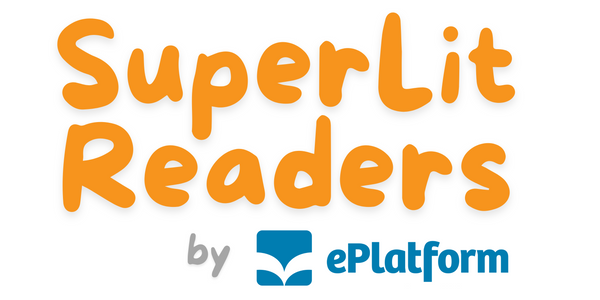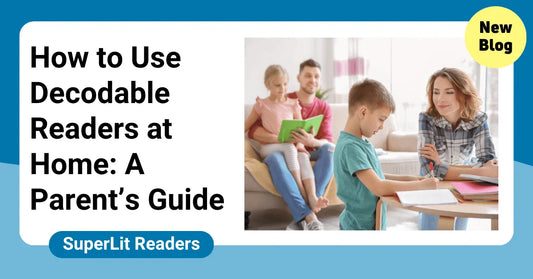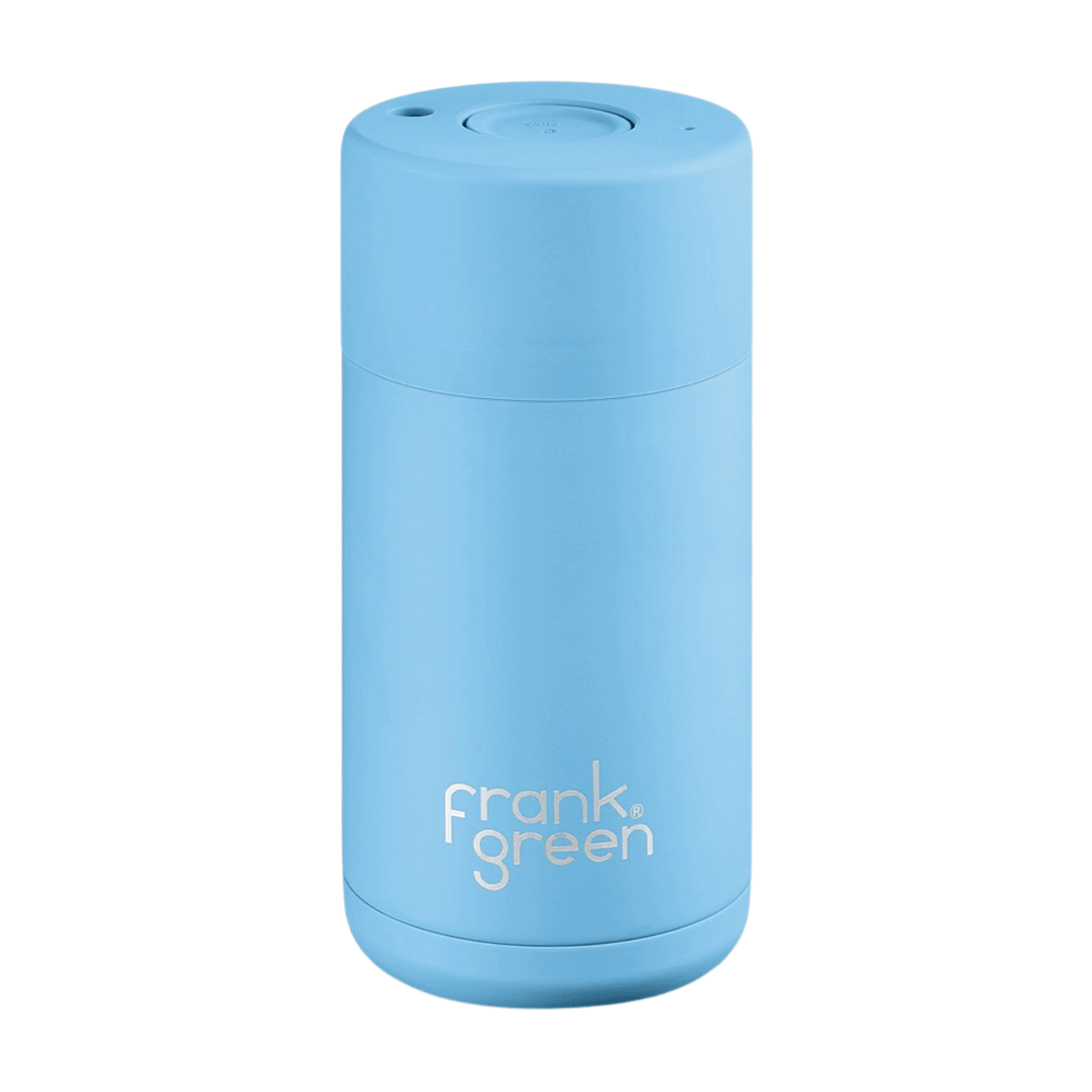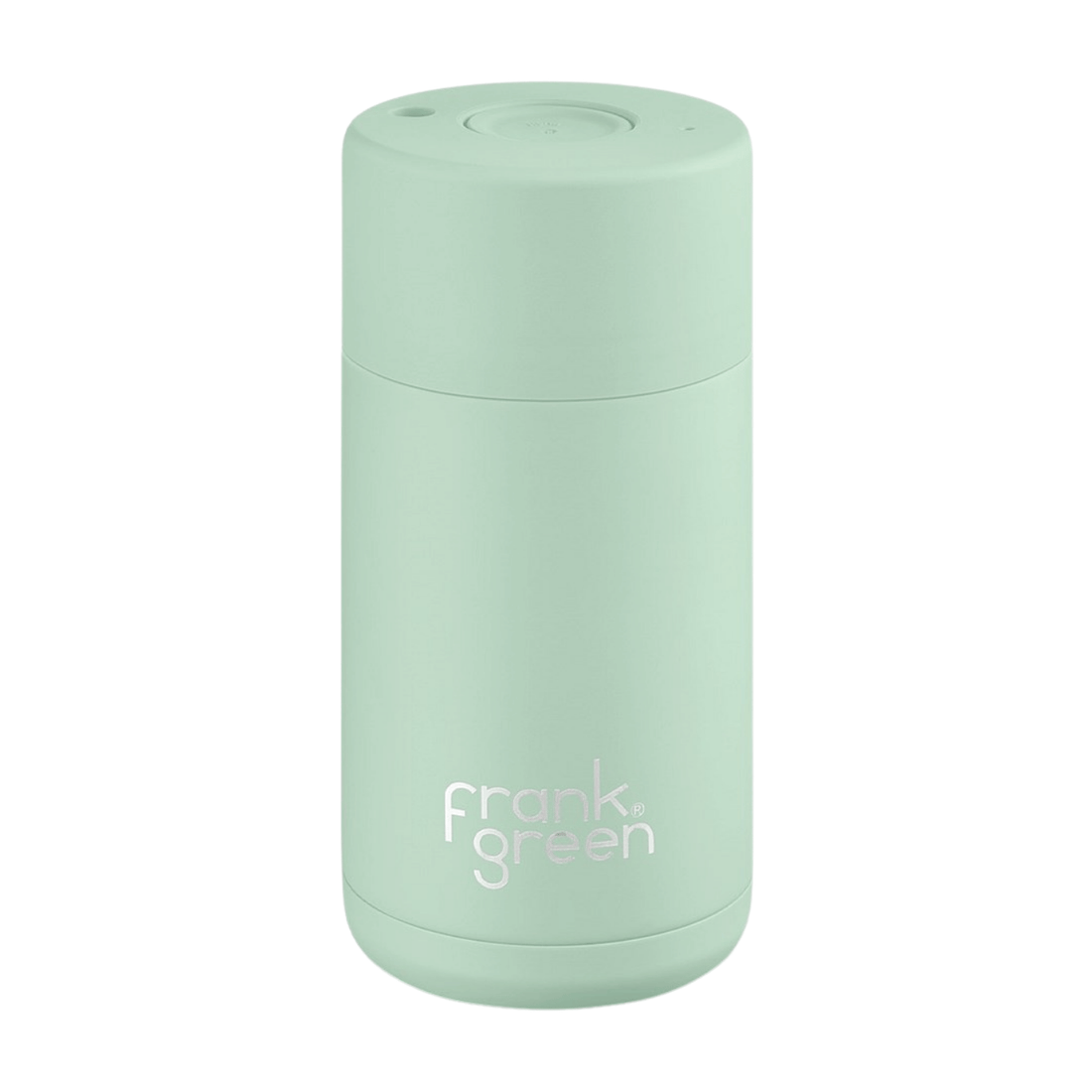How to Match Decodable Readers to Your Phonics Scope and Sequence

🕐 Estimated reading time: 7 minutes | Last updated: July 2025
Choosing the right decodable readers is one thing, but knowing exactly when to use them is what makes your phonics teaching truly systematic.
The secret? Matching every book to your Australian phonics scope and sequence. If you’ve ever wondered “How do I know which books fit which sounds?”, this guide is for you.
Table of Contents
- What is a Phonics Scope and Sequence?
- Why Matching Matters
- How to Match Decodable Readers Step by Step
- What About Mixed-Ability Groups?
- Create a Matching Chart
- Tips for Teachers
- How SuperLit Makes This Easy
- Final Thoughts
What is a Phonics Scope and Sequence?
Before you can match your decodable readers correctly, you need to understand exactly what a phonics scope and sequence is, and why it matters so much for successful early reading instruction in Australian Schools. Teachers using a synthetic phonics approach rely on a strong scope and sequence to introduce sounds in a clear order and make sure nothing important is skipped.
Put simply, a phonics scope and sequence is your teaching plan for what phonics skills to teach and when to teach them. It sets out the order in which letter sounds, graphemes, blends and high-frequency words are introduced. Most sequences start with simple CVC words and consonant sounds, then gradually add digraphs, consonant blends, and advanced spelling patterns like split digraphs or vowel teams.
By following a clear scope and sequence, you can make sure students build their reading skills layer by layer, without big gaps that cause confusion later on. This is the backbone of an effective systematic synthetic phonics approach, and the reason decodable readers work so well when they match it.
Why Matching Matters
Not every ‘decodable’ book is truly decodable for your students, and using the wrong book at the wrong time can create more problems than progress. This is a common trap Australian schools fall into when they choose books that look good but don’t align with the phonics sequence being taught.
The real power of decodable readers comes from alignment: each book reinforces only the sounds, graphemes, and spelling patterns students have already been explicitly taught. This gives students real reading success they can feel.
This means:
- Students can practise skills in context.
- They feel successful, boosting confidence.
- Teachers can spot if a child needs extra practice.
When your decodables match your phonics sequence, you build confident readers who can tackle new books independently. If they don’t match, students get stuck, or guess. And that’s the opposite of what systematic phonics is all about.
How to Match Decodable Readers Step by Step
So, how do you actually match books to your phonics plan? Too often, Australian teachers have a fantastic scope and sequence but feel stuck when trying to link it to their classroom library. Here’s a practical breakdown to help you make sure every student has the right book at the right time.
1. Know Your Scope and Sequence Inside Out
Before you even pick up a reader, have your phonics progression in front of you, whether it’s Letters and Sounds, Jolly Phonics, Read Write Inc., or your school’s custom plan. Knowing exactly which sounds come next keeps your reading practice truly systematic.
Check:
- Which sounds and patterns have been taught already.
- Which new ones are coming next.
- How high-frequency words are introduced.
This step helps you avoid guesswork. It also helps you spot if your current book stock needs updating to keep pace with your teaching.
2. Check the Book’s Code
A quality decodable reader will clearly show what phonics skills it covers. If you can’t tell at a glance, that’s a warning sign, look for publishers that share scope details openly.
Look for:
- The focus graphemes/blends in the book.
- Any tricky words that don’t follow regular phonics rules.
- The suggested sequence level.
Double-check this matches your classroom plan. If you can’t find a book that matches exactly, flag it, you may need to plug that gap later.
3. Match, Then Practise
When you’re ready to choose, stick to books that use only the phonemes and tricky words students have practised. This keeps reading achievable and meaningful, especially for early readers just building confidence.
For example:
- Just finished teaching ‘s, a, t, p, i, n’? Pick a book that sticks to these.
- Ready for ‘sh, ch’? Add books that blend those sounds into simple words.
Then, use the books immediately after teaching that sound or pattern. This makes the connection stick, and shows students that phonics isn’t just for word lists, but for real reading.
What About Mixed-Ability Groups?
It’s normal for students to progress at slightly different speeds, even in a tightly run phonics program. This can feel challenging when trying to match decodable readers to multiple ability levels at once.
Some Australian teachers worry about how to manage this, but the solution is flexible grouping and a well-organised decodable library.
- Keep small-group sets ready for different levels.
- Use your assessment data to match kids to the right level.
- Rotate books as students master each step.
Flexible groups keep your phonics teaching on track, giving each child the right level of challenge without leaving anyone behind.
Create a Matching Chart
One of the simplest ways to keep your phonics and decodable readers aligned is with a practical matching chart. Many schools use a shared spreadsheet so everyone, teachers, aides, and reading specialists, can see which books fit which teaching point.
List:
- The sounds/patterns taught each week.
- The matching books you have available.
- Notes on tricky words.
A clear matching chart helps you plan lessons faster and spot any gaps in your decodable collection before you run into trouble mid-term.
Tips for Teachers
Once you’ve matched your decodable readers to your scope and sequence, a few small tweaks can make your whole system run smoothly all year. Think of this as your cheat sheet for stress-free phonics planning.
- Label your books: Write the target sounds on the inside cover.
- Sort by sequence: Organise readers by level, not just by series.
- Keep sets together: So students don’t accidentally pick up an advanced one too soon.
- Review regularly: Update your matching as your scope and sequence shifts.
These small teacher tips can save you hours, and make sure your decodable readers actually get used in the best possible way.
How SuperLit Readers Makes This Easy
At SuperLit Readers, we know teachers are busy — and staying on top of matching every book to your phonics plan can feel like one more admin job. That’s why our decodable books do the work for you.
Every SuperLit book comes with:
- A clear phonics focus label.
- A consistent progression that matches synthetic phonics best practice.
- Fiction and non-fiction texts, so you can cover your scope and your curriculum themes.
No more guesswork, no mismatches. Teachers can spend less time double-checking and more time helping kids actually read.
Final Thoughts
Matching decodable readers to your phonics scope and sequence isn’t just a nice-to-have, it’s an essential part of any strong systematic synthetic phonics approach.
When books align with what students have learned, they feel capable and excited to read. When they don’t, reading becomes a guessing game. So keep it simple, stay organised, and trust that the right book at the right time really does make the biggest difference.
— Happy Reading!






